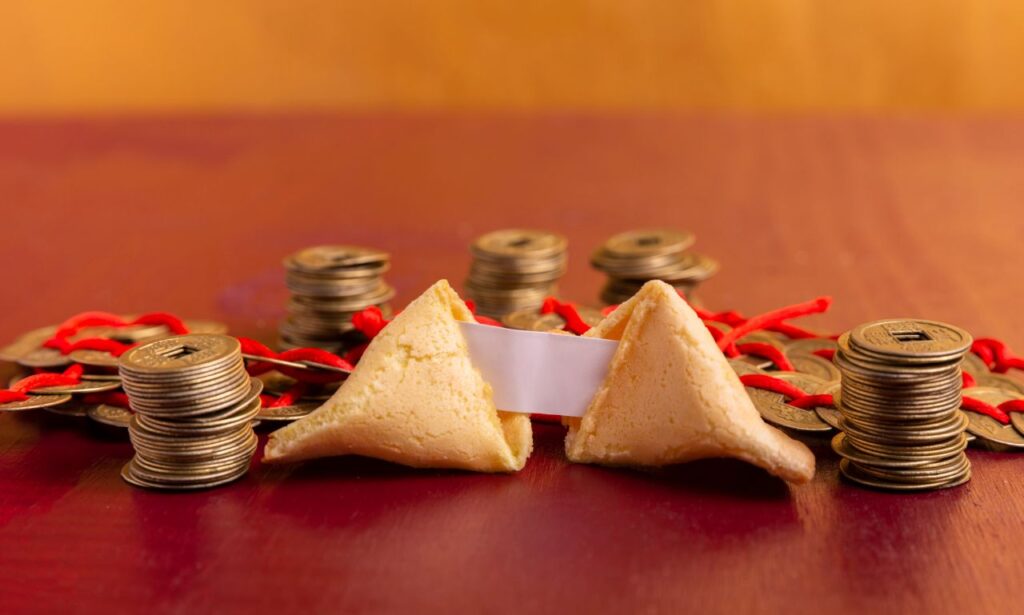In today’s volatile and fast-moving economic landscape, a single price tag is no longer enough to explain the underlying value of a product or asset. Enter Price Charalabush, a relatively modern term gaining traction in financial blogs, retail trend analysis, and consumer behavior insights. Though not yet mainstream, the concept is making waves in online communities as a fusion of traditional pricing mechanics and modern behavioral economics.
Price Charalabush is not a fixed metric but rather a dynamic, responsive pricing pattern that reflects how external forces—like demand surges, inflation, consumer sentiment, seasonal cycles, and competitive markets—impact price movement. Think of it as a “living” price that changes with the heartbeat of the market.
Why Price Charalabush Matters Now More Than Ever
What makes Price Charalabush so significant is its relevance in real-time decision-making. For both everyday consumers and professional investors, understanding this pricing model can be the difference between overpaying and scoring a deal, between losing and gaining in a trade.
With inflation, geopolitical conflicts, supply chain disruptions, and rapidly changing technologies influencing global markets, no price remains stagnant. People and businesses need a smarter lens to evaluate purchases, investments, and sales. That’s where Price Charalabush fits in.
Core Components of Price Charalabush
Price Charalabush is built on several essential elements:
-
Market Trends: Past and current behavior of a specific asset, product, or commodity.
-
Consumer Behavior: How consumers react to prices, deals, or scarcity.
-
Supply & Demand: The basic economic law still plays a massive role.
-
Seasonal Fluctuations: Some goods experience regular price changes based on time of year.
-
Psychological Factors: Emotional buying, brand loyalty, and media hype affect short-term pricing.
When combined, these factors create a pattern of price movement that is not linear but cyclical, volatile, and often unpredictable—yet decipherable with the right tools and mindset.
Understanding the Charalabush Curve
The Charalabush Curve—a hypothetical representation of price fluctuation—illustrates the ups and downs a product experiences over time. For example, during the early release of a tech gadget, hype drives prices up. Later, the market adjusts, competition increases, and prices drop. That visual journey is a basic version of the Charalabush Curve.
This curve is essential for decision-makers. Buyers use it to time purchases. Sellers use it to maximize profits. Investors study it to detect entry and exit points.
Who Uses Price Charalabush and Why
Consumers
Savvy shoppers track product prices over weeks or months to avoid buying during peaks. Apps that notify users of price drops are basic tools of this model.
Investors
In trading, investors rely on charalabush-like models to interpret price action. They combine historical price trends, technical indicators, and news sentiment to detect movement patterns.
Businesses
Retailers apply dynamic pricing based on current demand, competitor pricing, and inventory levels. E-commerce platforms now use AI to mimic the Price Charalabush model to optimize sales.
How to Read and Use Price Charalabush
Let’s say you’re eyeing a product or stock. Here’s a simplified way to apply the Charalabush strategy:
-
Record Historical Prices: Track the item over 30 to 90 days.
-
Note Seasonal Changes: Identify if the product is affected by seasons.
-
Assess External Factors: Look at global events, shortages, or media attention.
-
Spot Peaks and Valleys: Recognize price highs and lows to determine the right time to buy or sell.
-
Compare Alternatives: Substitutes often force a change in pricing dynamics.
-
Wait for the Dip: When prices fall below their average trend line, it’s a potential buying opportunity.
Common Use Cases of Price Charalabush
Consumer Electronics
Before Black Friday or Cyber Monday, tech items show a Charalabush spike as demand grows. Post-event, prices drop—often dramatically.
Real Estate
Housing markets display long-term Charalabush patterns, influenced by interest rates, policy changes, and construction trends.
Cryptocurrency
The crypto market is the epitome of Charalabush dynamics—often changing rapidly in response to sentiment, regulation, or celebrity endorsements.
Botanical and Wellness Products
Wellness powders and herbal supplements show strong seasonal Charalabush patterns. During flu season or diet trends, prices rise sharply, then drop as demand wanes.
Risks and Pitfalls in Misreading Price Charalabush
Price Charalabush, while powerful, isn’t foolproof. Misinterpretation or overconfidence can lead to:
-
Buying at False Lows: Assuming a dip is the lowest point when it’s only a temporary drop.
-
Selling Too Soon: Failing to ride the curve to its peak.
-
Ignoring External Shocks: Political instability, natural disasters, or corporate scandals can distort patterns.
One must always combine Price Charalabush data with other indicators, such as news alerts, analyst forecasts, and common sense.
Technological Tools to Analyze Price Charalabush
Modern tools now help consumers and professionals analyze price patterns:
-
Price History Trackers: Apps like CamelCamelCamel for Amazon shoppers.
-
Stock Charting Tools: Trading platforms that plot historical trends and forecast future prices.
-
AI Price Prediction Software: Used by businesses to automate supply chain and pricing decisions.
How to Apply Charalabush in Your Daily Life
Want to save on your next big buy or invest smarter? Use this simple Price Charalabush checklist:
-
Pick a Product/Asset: Identify the item you want to monitor.
-
Watch Prices Weekly: Log changes in a spreadsheet or app.
-
Set a Price Alert: Get notified when it drops below your budget.
-
Act Based on Curve: Use your data to predict the ideal time to buy or sell.
The Psychology Behind Price Charalabush
Emotions often steer price. When people expect prices to rise, they buy more, which ironically causes the price to rise. This self-fulfilling prophecy fuels the Charalabush curve. Fear of missing out (FOMO), herd behavior, and market panic all contribute to exaggerated price swings.
Understanding these human elements makes the model not only about numbers but also about mindset and behavior.
Future of Price Charalabush
As AI becomes more embedded in e-commerce and financial platforms, expect Charalabush models to become smarter. Algorithms will detect and react to micro-fluctuations in seconds, allowing users to make faster, more precise decisions. Businesses will use it for hyper-personalized pricing. Consumers will rely on it to never overpay.
In short, the Price Charalabush model may one day become the standard for digital marketplaces, replacing static price tags with dynamic, data-driven values.
Conclusion
In a world where nothing stays the same—least of all prices—Price Charalabush offers clarity. It’s a dynamic approach to understanding how and why costs change, empowering everyday people and professionals to make better financial decisions.
Whether you’re investing in stocks, buying a new laptop, or planning a vacation, understanding the Price Charalabush curve can help you save money, reduce regret, and gain confidence in your choices. It bridges the gap between data and decision, between feeling and fact. Learn it, use it, and make the market work for you.






